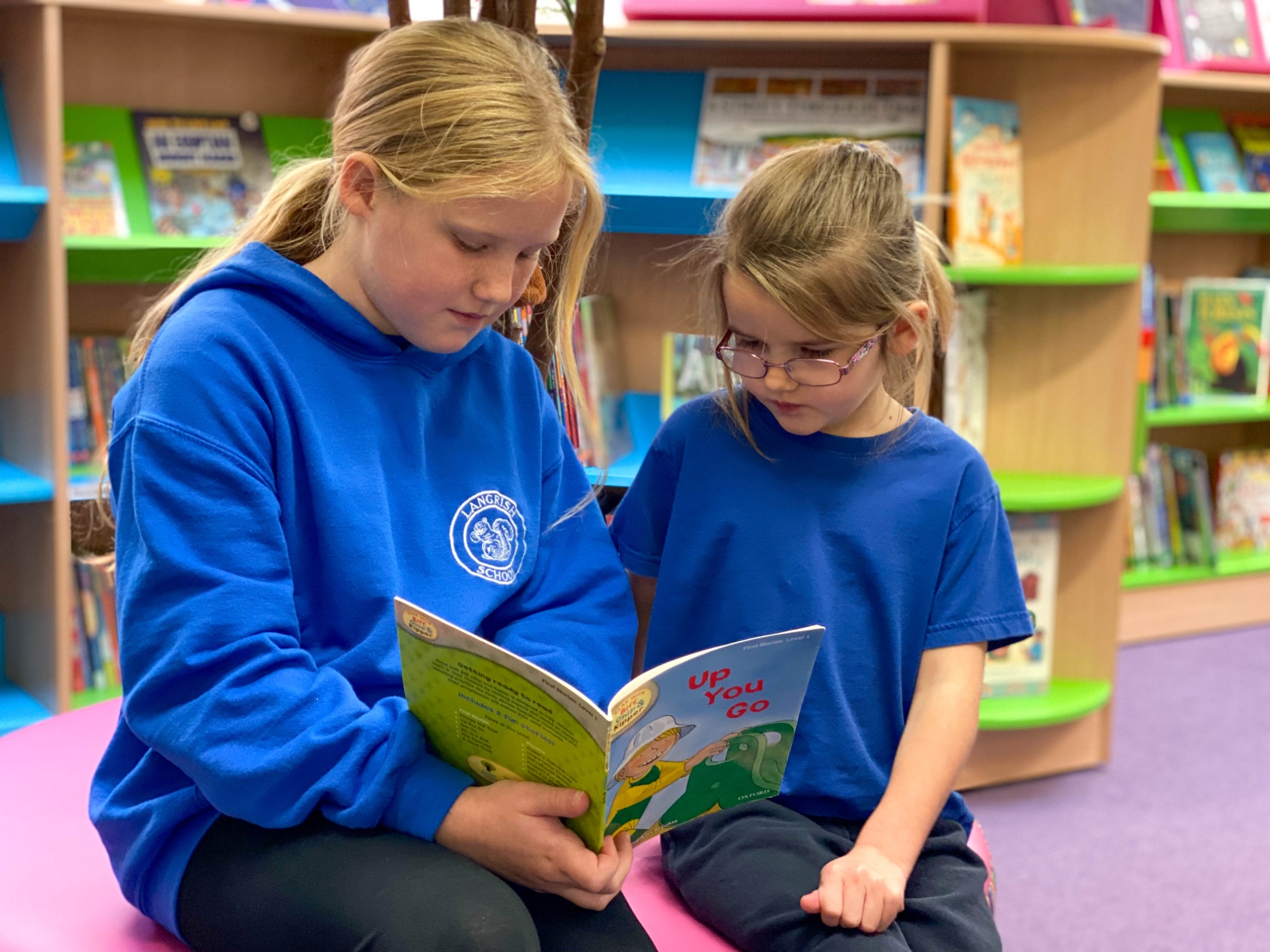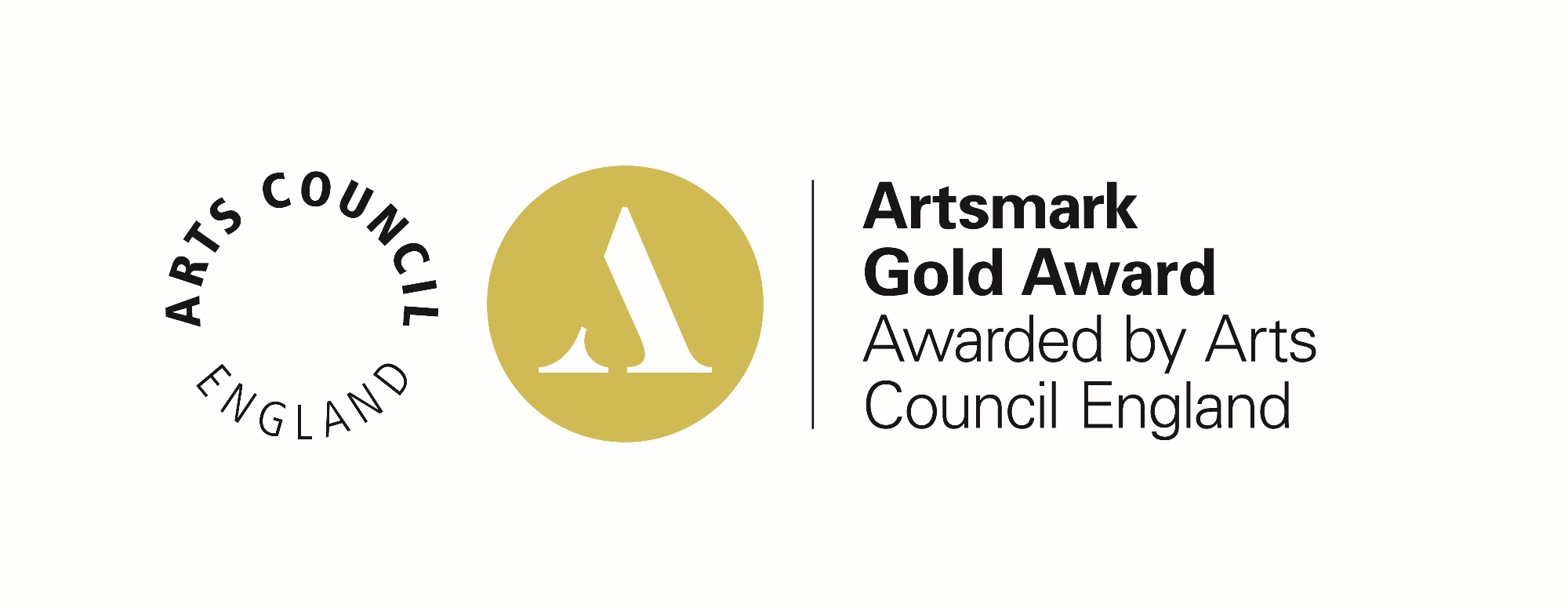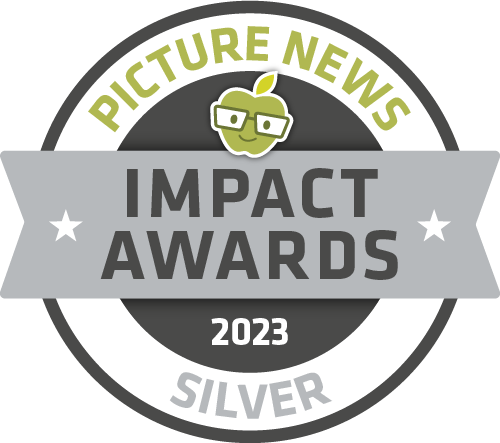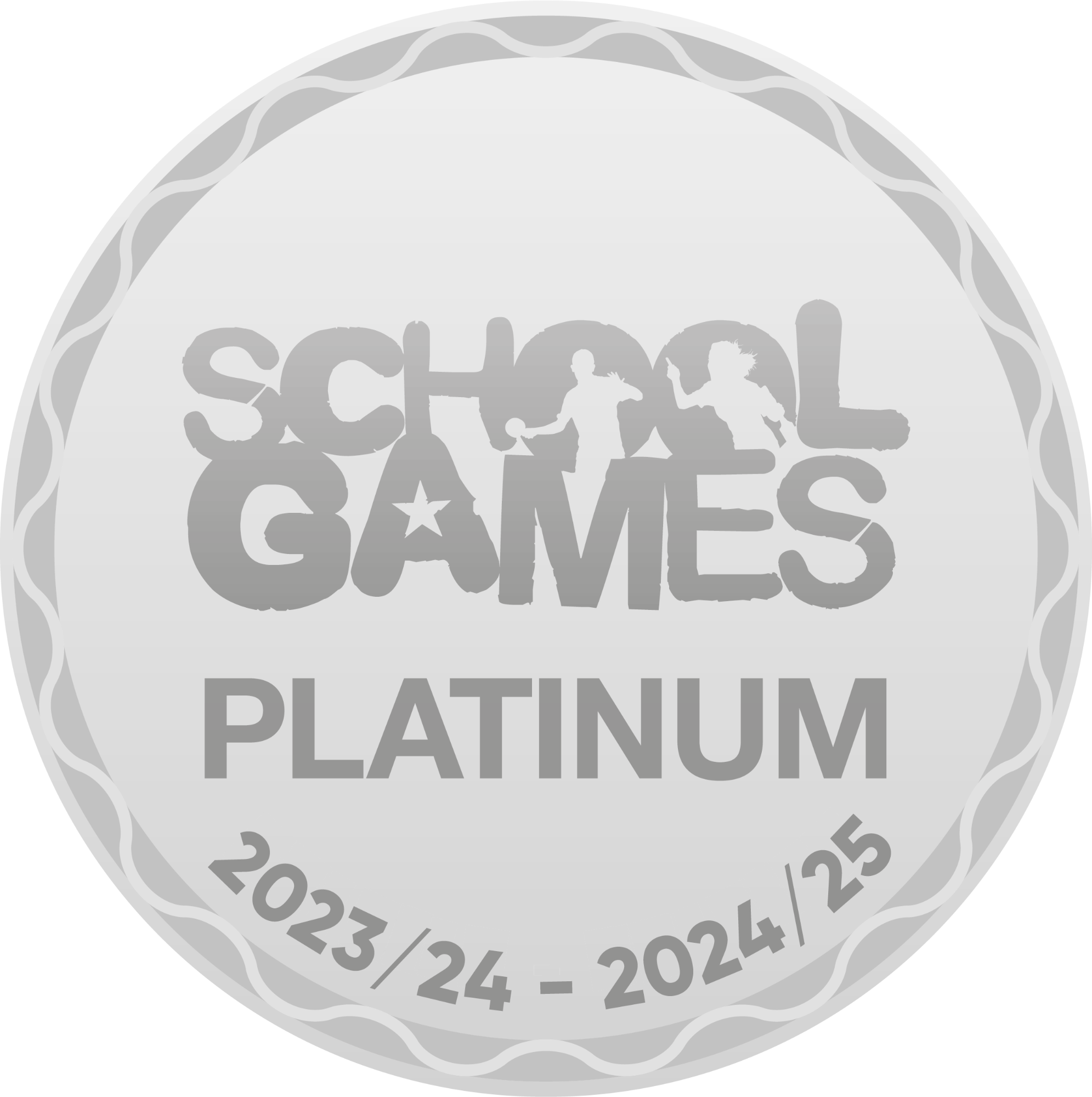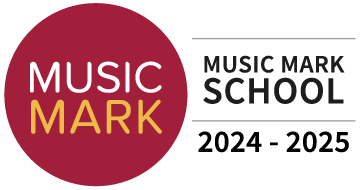Design and Technology
Intent
Through our Design & Technology curriculum, children at Langrish are encouraged to make links with the wider world whilst simultaneously developing their expertise in different skills. By giving children a real-life problem to solve, they design meaningful products and are encouraged to think about the needs of the wider community or ‘filling a gap in the market’. This is evident in many of our units such as The Great Bread Bake Off in Year 4, where children evaluate existing products before designing their own.
Within our carefully planned curriculum, children develop transferable skills in textiles, cookery, and mechanisms and structures. A wide range of experiences are offered to promote children’s enthusiasm for Design & Technology, from choosing appropriate seasonal salad ingredients in KS1, to understanding how to strengthen and stiffen a bridge structure in KS2.
Children work collaboratively to think outside the box and take ownership of their learning by designing and creating something entirely unique from their classmates. No two products are the same, and this gives children a sense of pride and achievement over their creation. Children are reflective thinkers across every unit, and will evaluate their product after completing the designing and making process. They understand the importance of the review process as a way of thinking critically about improving their practise for future designing and making.
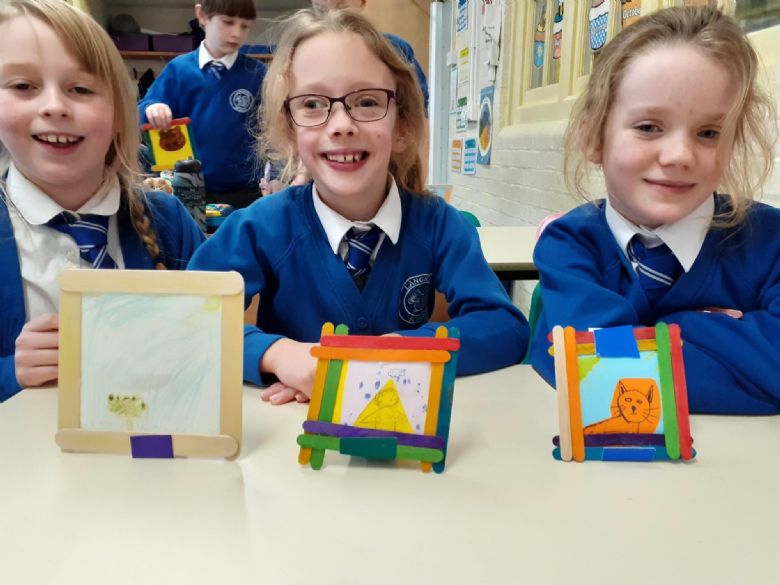
Implementation
The subject of Design & Technology has transformed in recent years, aiming to put opportunities for innovation and creativity at the heart of the curriculum. Gone are the days of narrow and prescriptive projects where every child would make an identical Viking longboat; instead we see children creating useful and functional items, while also being encouraged to think outside with box with their designs, and to add their own creative flair in the execution. By evaluating existing products first, the children get to magpie their favourite ideas, then spin them in whatever direction they can imagine. This could be in designing a page of pop-up book, a family photo frame, or even a moving fairground ride, but it could also be in creating a new flavour combination for a sandwich or a mind-blowingly original bread recipe. They’re also given the opportunity to explore the work of established designers, engineers and inventors in search of further inspiration. They can even use their cross-curricular computing skills to help them design and control their creations. Having this opportunity to be creative is what gives the subject real meaning for the children, as they endeavour to create exciting and functional end products that are as individual as they are.
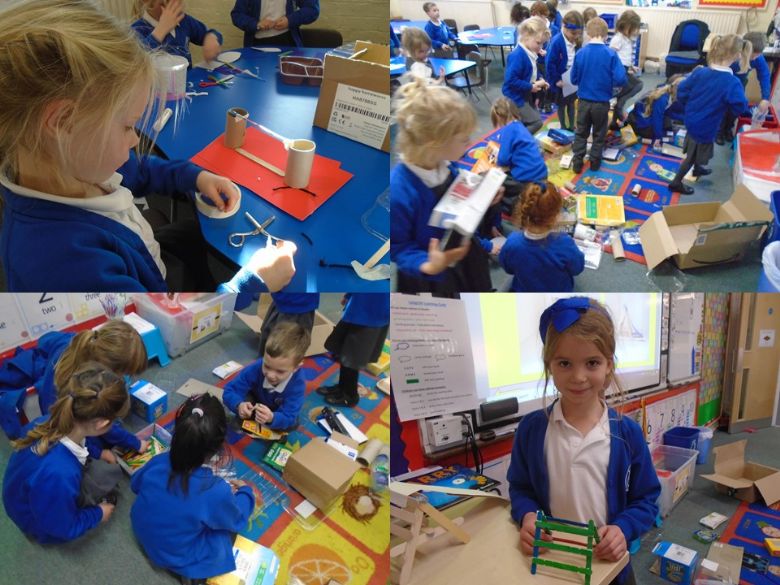
Impact
The Design & Technology curriculum here at Langrish equips the children to be creative and resilient, to think critically and creatively, and to develop original and innovative ideas which they can truly call their own. From meals and recipes using seasonal and sustainable ingredients, to games and toys, vehicles, bridges and even electronic night-lights; developing their Design & Technology skills through these exciting and meaningful projects, alongside learning about the achievements and careers of inspirational figures, prepares and inspires pupils to consider a future either studying or working in this exciting and ever-evolving field.
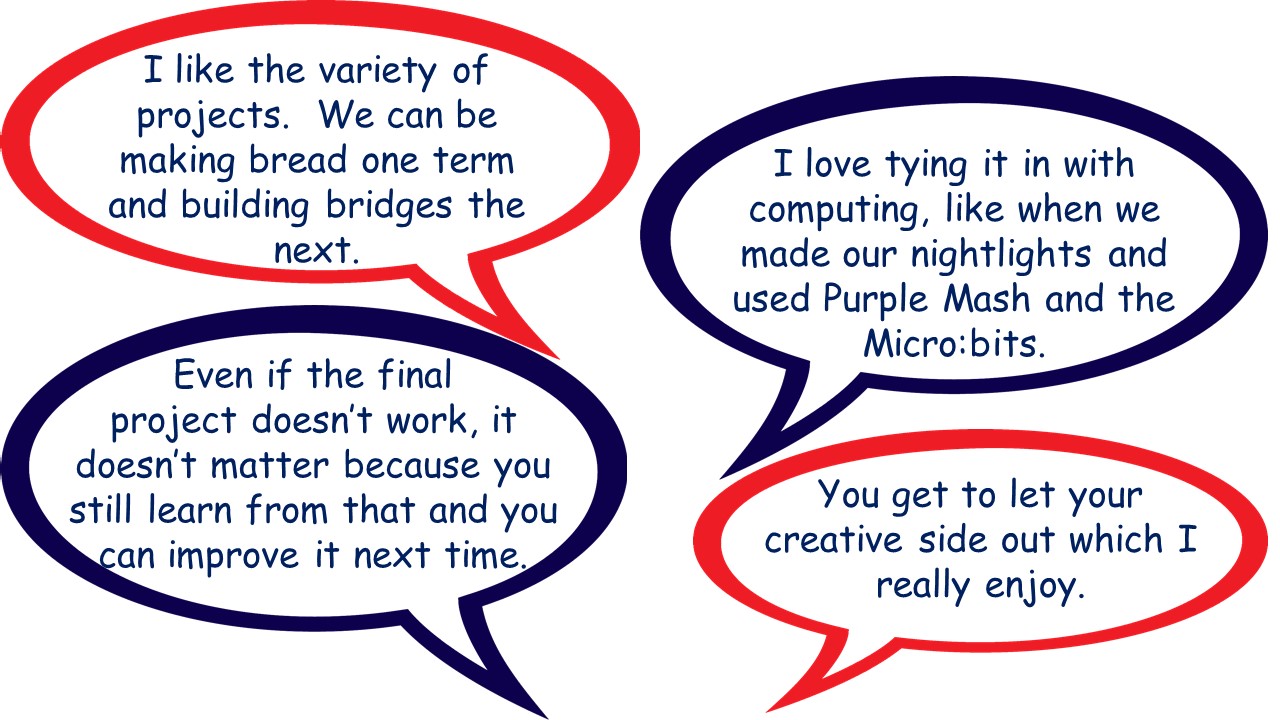
Curriculum Outline
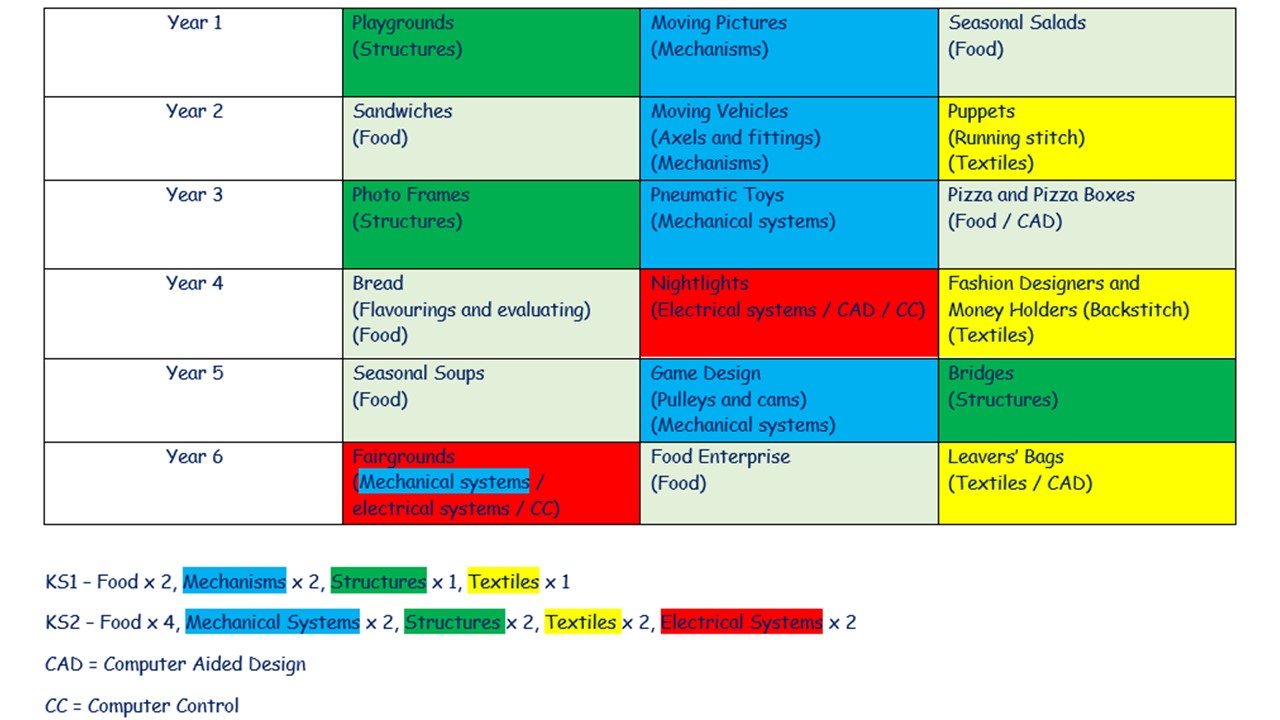
Design and Technology in EYFS
The foundation of our whole curriculum starts in EYFS, and the subject of Design & Technology is no different. The children are given plenty of time to be creative and collaborative, as well as developing the core strength and motor skills required for such activities as cutting, sticking, threading and glueing.
Through construction play and junk modelling, they explore different structures and ways of joining materials together. Teacher questioning encourages the children to explain and reflect on their creations, and to think about ways of refining and improving them next time round. They are even tasked with designing and making things for specific purposes and audiences, from decorating their own plates for a coronation feast, to designing Christmas cards for family and friends.
In this way, we ensure the key concepts of Design & Technology are firmly in place by the end of Reception, allowing the children to build upon this solid foundation of skills and knowledge as they progress into Key Stage 1 and on through the school.
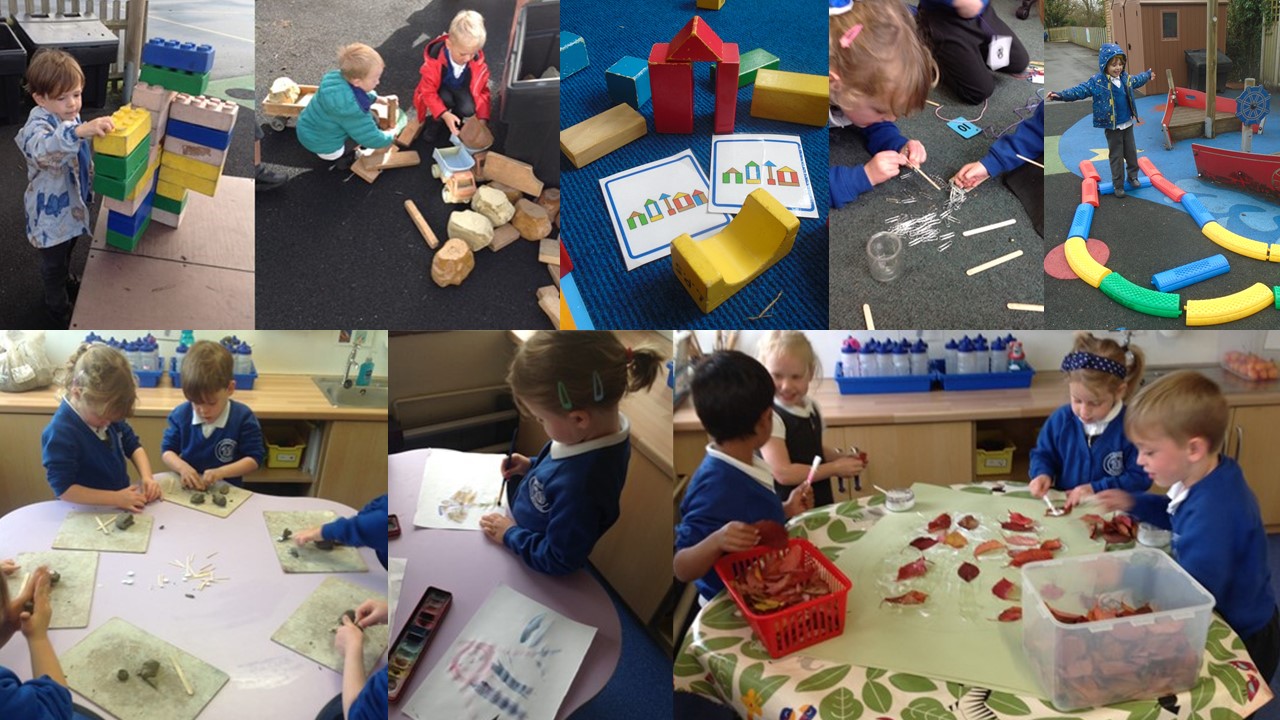
SEND, Inclusion & Adaptation:
We work hard to ensure all of our subjects – including Design & Technology – are accessible to all.
We do this by:
- Reducing cognitive load by revisiting and reapplying previous knowledge and skills
- Reducing cognitive load by breaking down the learning into small steps and practising key skills in discrete lessons before applying them to a final project
- Using adaptive equipment such as child-friendly cookery utensils, scissors adapted for left-handed users, sprung scissors for children who struggle with fine motor skills, and raised / tilted drawing boards
- Multisensory approaches to teaching, including practical demonstrations, photographs and videos of key skills, and hands-on activities
- Break-out areas and adult support for children who need to work in a quieter or less stimulating environment
- The use of technology - such as computers and iPads - to aid research and design
- Giving opportunities for the children to work in pairs or small groups
- Motivating learning by ensuring projects include the freedom for children to be creative, and to express themselves and their own interests and ideas through their work
- Giving adult support where needed
- Scaffolding and modelling tasks and activities

